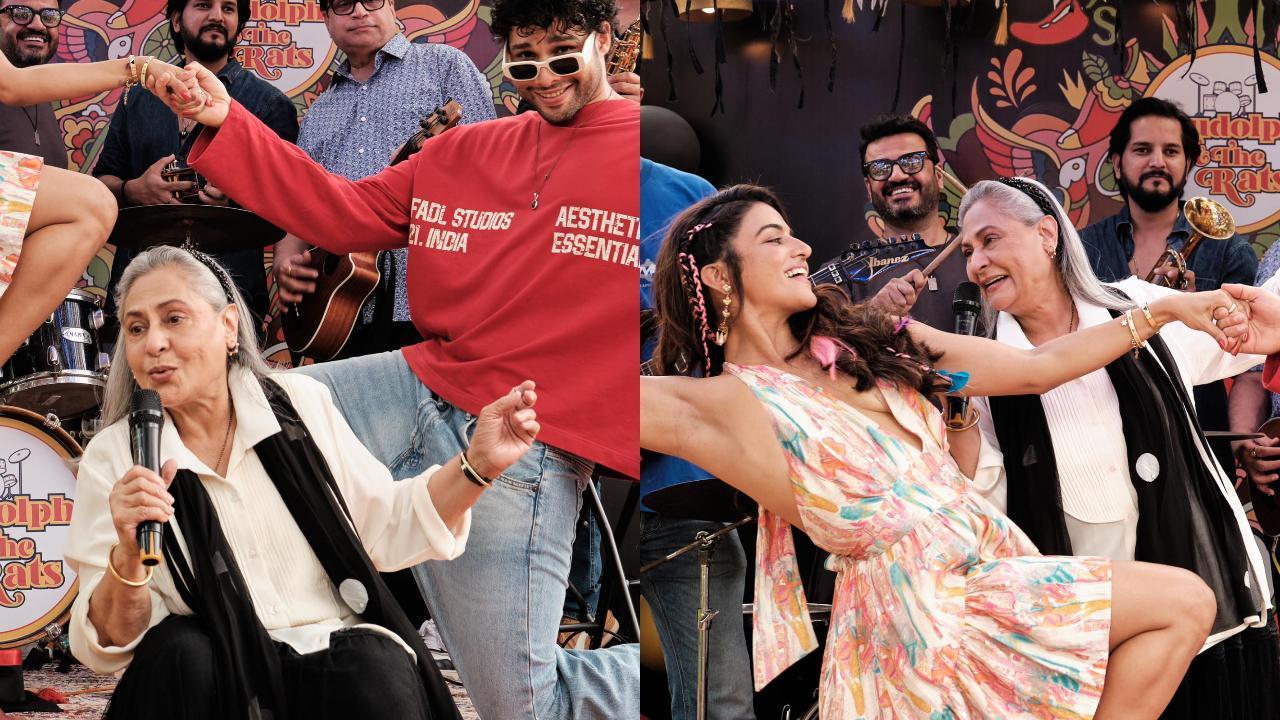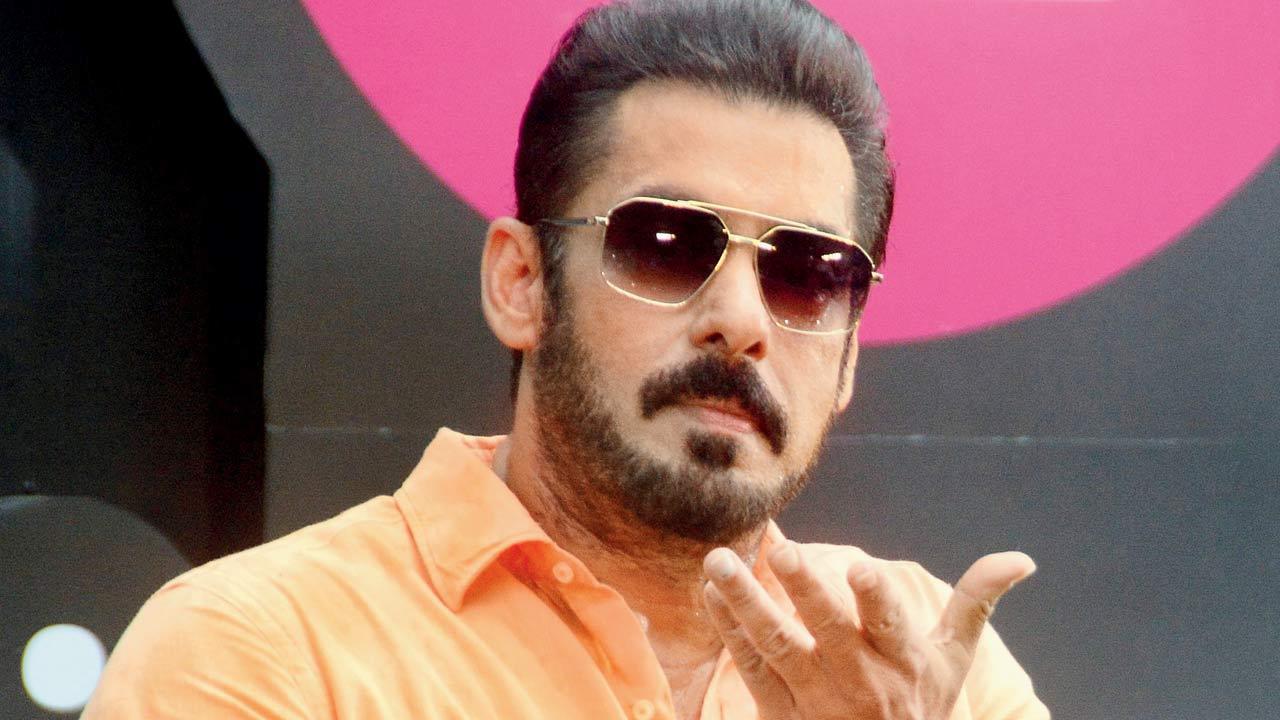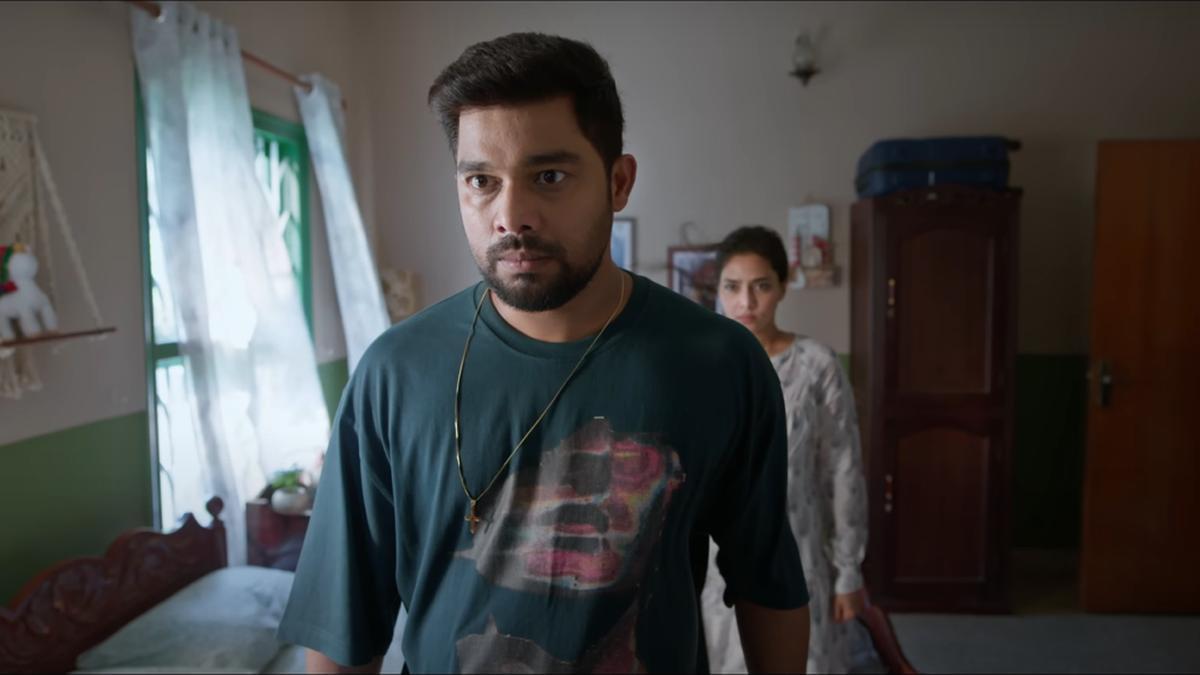
Gyanendra Tripathi, the lead actor in the upcoming film “Barah By Barah,” found himself grappling with numerous profound questions when he first encountered the script of the film. Directed by Gaurav Madan, this project delves into the life of a death photographer based in the ancient city of Varanasi. Tripathi was drawn to the existential and spiritual queries the script raised about a character who makes a living by capturing images of the dead. “He clicks pictures of dead bodies that are brought for cremation. I wondered what his outlook on life would be, and if there was a spiritual element linked to this job. These questions excited me,” Tripathi reveals, just days before the film’s theatrical release following a two-year-long festival circuit.
In preparation for his role, Tripathi immersed himself in the culture and daily life of Varanasi, a city known for its profound spiritual significance and ritualistic cremations along the ghats of the Ganges River. He arrived in Varanasi a week before filming began, aiming to absorb the local atmosphere and dialect, and to observe the nuanced human behaviors surrounding death rituals. “Most of the filming happened at real locations. The pyres that you would see in the film are real. So, it was important that my body language was appropriate. I would sit on a ghat and see multiple dead bodies being brought in, one after the other. People would harbor different emotions—some would also come with band baaja, and celebrate it. I also worked on the dialect, and kept an eye on how locals greet each other,” Tripathi recounts.
This commitment to authenticity extends to the ambient sounds and visuals of the film, which genuinely reflect the city’s life cycles and the pervasive presence of death. The captured moments in the movie are moments in Varanasi’s unedited reality, lending a layer of verisimilitude unusual in mainstream cinema. This stark and unembellished depiction raises questions about our collective understanding and acceptance of mortality.
Tripathi’s character has purportedly sparked significant curiosity and anticipation among viewers. The role challenges conventional portrayals of death, urging the audience to recognize the multifaceted emotions and traditions that accompany it. Moreover, the film’s festival success—given its two-year journey across various platforms—bears testament to its unique narrative and the compelling performance by Tripathi.
Additionally, Tripathi discusses his upcoming project, “Superman of Malegaon,” directed by Reema Kagti and starring alongside Adarsh Gourav and Vineet Kumar. Unlike the intense, somber atmosphere of “Barah By Barah,” this new venture offers him a refreshed and contrasting experience. Reema Kagti’s sets, predominantly managed by women, provided a different working environment entirely. “Reema’s set was driven by women. The atmosphere was completely different. Nobody was seen screaming, shouting, or using cuss words. Everything was well planned,” Tripathi shares.
The collaborative nature of Kagti’s film crew and the meticulous planning contrast the raw, uncontrolled elements Tripathi experienced in Varanasi. This dichotomy between the two projects underscores the range of settings an actor must navigate and adapt to, shedding light on the dynamic scope of his craft. Kagti’s film, penned by Varun Grover, is yet another example of Indian cinema’s evolving narratives and storytelling techniques.
Tripathi’s explorative journey through the death rituals of Varanasi and his subsequent projects highlight his versatility and dedication to deeply understanding his roles. Varanasi, with its ancient traditions and evocative ambiance, proved to be both a challenge and an enlightening experience for an actor seeking to portray a life immersed in death photography authentically. The raw experience of filming amidst real cremations and authentic locales added a depth to his performance that rehearsals could never truly replicate.
As audiences await the release of “Barah By Barah,” Gyanendra Tripathi’s portrayal promises to offer a reflective and poignant look at life, death, and the space in between. The experiences from Varanasi, combined with the calm efficiency experienced on the sets of “Superman of Malegaon,” have enabled Tripathi to exhibit an impressive range of emotional and thematic exploration in his acting repertoire. With such dedicated roles and diverse projects, Tripathi continues to stand as a testament to the evolving landscape of Indian cinema and the depths of character immersion an actor can achieve.










